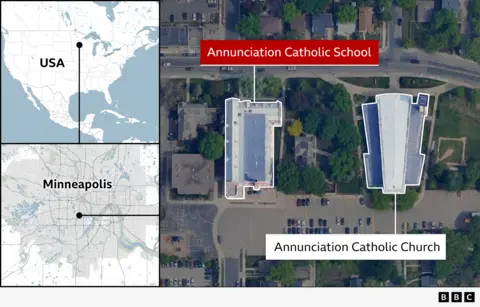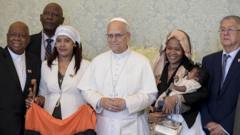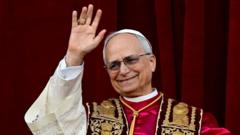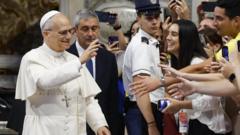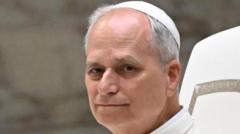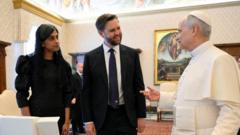In a landmark shift, Pope Leo XIV presided over his inaugural Mass on May 18, 2025, reflecting the evolving nature of papal ceremonies. Historically, this moment would have included the crowning of a pope with a lavish gold and jewel-encrusted tiara, a tradition that remained until the mid-20th century. For centuries, the tiara symbolized not just the spiritual authority of the pope but also his temporal power.
Rev. Stefano Sanchirico explains, “The tiara was worn exclusively during particular solemn openings and closings of ceremonies, illustrating the grandeur of the role.” However, this ceremonial practice was abolished by Pope Paul VI in 1964, who opted for a miter that encourages a more pastoral image of leadership. The last tiara to be used ceremonially is now located in the United States at the Basilica of the National Shrine of the Immaculate Conception.
During the inauguration Mass of Pope John Paul II in 1978, he reminded the faithful that the papacy should not return to such pompous symbols. His speech marked a clear intention to shift focus from displays of power to the spiritual mission of the Church.
Archival footage of the coronation ceremonies of earlier popes, including Pope Pius XII in 1939 and Pope John XXIII in 1958, illustrates how once grand and tumultuous these events were, with large crowds gathered in St. Peter’s Square. Currently, however, papal inaugurations have transitioned to an accessible and community-oriented format, minimizing physical distinctions between the pope and congregants.
Pope Paul VI not only made significant changes to rituals but also relocated the inaugural ceremonies outside the Basilica, allowing for a more inclusive atmosphere. The modern papacy now embraces a focus on fostering a spirit of communal engagement, with symbols of power being replaced by a commitment to serve humanity, making the Church more relatable and engaging in today’s world.
As the papacy navigates into this new era, the continuous evolution highlights the importance of adapting religious practices to contemporary values, ensuring the message remains relevant to the global community.
Rev. Stefano Sanchirico explains, “The tiara was worn exclusively during particular solemn openings and closings of ceremonies, illustrating the grandeur of the role.” However, this ceremonial practice was abolished by Pope Paul VI in 1964, who opted for a miter that encourages a more pastoral image of leadership. The last tiara to be used ceremonially is now located in the United States at the Basilica of the National Shrine of the Immaculate Conception.
During the inauguration Mass of Pope John Paul II in 1978, he reminded the faithful that the papacy should not return to such pompous symbols. His speech marked a clear intention to shift focus from displays of power to the spiritual mission of the Church.
Archival footage of the coronation ceremonies of earlier popes, including Pope Pius XII in 1939 and Pope John XXIII in 1958, illustrates how once grand and tumultuous these events were, with large crowds gathered in St. Peter’s Square. Currently, however, papal inaugurations have transitioned to an accessible and community-oriented format, minimizing physical distinctions between the pope and congregants.
Pope Paul VI not only made significant changes to rituals but also relocated the inaugural ceremonies outside the Basilica, allowing for a more inclusive atmosphere. The modern papacy now embraces a focus on fostering a spirit of communal engagement, with symbols of power being replaced by a commitment to serve humanity, making the Church more relatable and engaging in today’s world.
As the papacy navigates into this new era, the continuous evolution highlights the importance of adapting religious practices to contemporary values, ensuring the message remains relevant to the global community.


